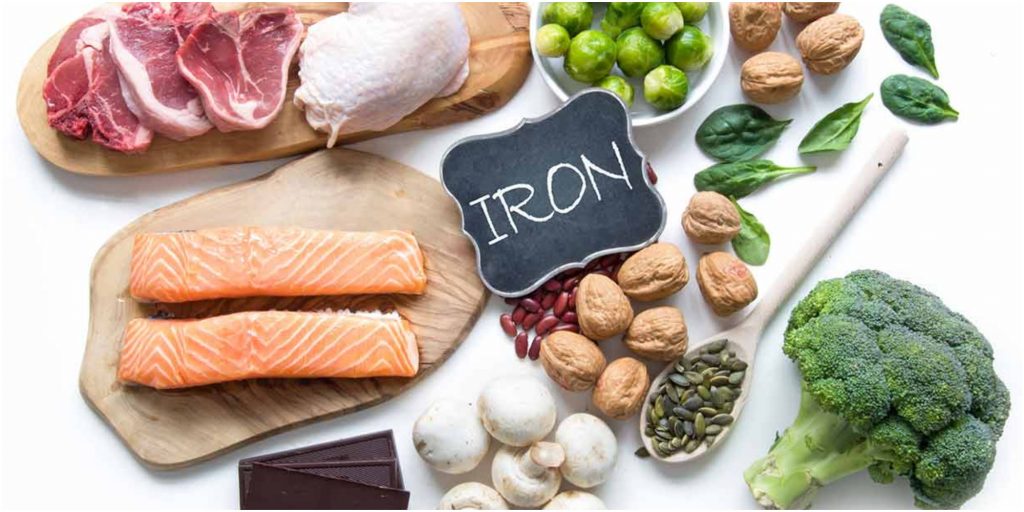
The Iron Diet: A Perfect Diet For The Anemic

When you’re struggling with anemia, it’s important to have a balanced diet and include iron-rich foods. It can be difficult to start a fresh new diet while ensuring that it doesn’t take a toll on your everyday life. However, we are here to the rescue! With our easy tips, you will be following an iron-rich diet in no time – no sweat!
What Is Anemia?
 The word Anemia is derived from Greek and can be translated as “Lack of Blood.” Anemia is the medical term that describes a condition where the person’s body does not have the right amount of red blood cells.
The word Anemia is derived from Greek and can be translated as “Lack of Blood.” Anemia is the medical term that describes a condition where the person’s body does not have the right amount of red blood cells.
Did you know that around 25% of the world’s population suffers from anemia at some point in their lifetime?
An anemic person feels fatigued, dizzy has a fast heartbeat and experiences shortness of breath. There are many reasons why this may happen like perhaps the blood cells aren’t being produced in the first place, or why you are losing them. While some popular reasons could be too heavy menstrual bleeding or even to ulcers, some cancers or intestinal issues. It has also been found that a lack of vitamin B-12, as well as folate, are related to anemia.
Breakfast
If you’re someone who enjoys a glass of refreshing fruit juice to jump start your system with your breakfast, then start your day with a juice that’s rich in iron. A simple, but effective, substitute! Also, look for iron-fortified cereals. Refrain from pairing your breakfast (or any other meal) with tea or coffee, as these hot beverages sare responsible for inhibiting iron absorption! Some fruit options that you have are oranges, berries, and kiwi.
Lunch
 For lunch, it’s good to enjoy something light yet filling, like a smoked salmon or a roast beef slice, which you can enjoy in a bagel with some chopped greens like kale or spinach in place of lettuce. Of course, look for iron-enriched bread to bump things up!
For lunch, it’s good to enjoy something light yet filling, like a smoked salmon or a roast beef slice, which you can enjoy in a bagel with some chopped greens like kale or spinach in place of lettuce. Of course, look for iron-enriched bread to bump things up!
Toss a small pack of nuts and seeds in your lunchbox to nibble on until dinner time, which will provide you with a little more iron to take you closer to your daily quota.
Dinner
Whipping up dinner is a simple task if you know you have beans, lentils, greens, organ meats, tuna, haddock, perch, and halibut to choose from. Pair these high iron foods with foods high in vitamin C, like citrus, strawberries or watermelon, and foods high in beta carotene, like bell peppers, carrots, apricots and more, to boost iron absorption.
What To Avoid
When you’re putting all this effort into following a diet rich in iron, it won’t do you any good to defeat the purpose by eating foods that will inhibit iron absorption and cancel out your efforts! We have mentioned tea and coffee, but there are other foods to avoid combining with your iron-rich foods just to avoid losing out on that important iron. High calcium foods like milk, yogurt, kefir, salmon, cheese, sardines, and broccoli. Also, avoid high oxalate foods like kale and spinach. Avoid wasting your efforts by eating these foods as snacks between meals if you want to enjoy them, instead of combining them with your iron-rich meals.
Do I Need to Worry About My Iron?
 After looking at the diet that you will need to follow to increase your iron intake, you may be wondering if all the trouble is worth it. Well, iron is a necessary component for hemoglobin production, which is essential for transporting oxygen and carbon dioxide across the body.
After looking at the diet that you will need to follow to increase your iron intake, you may be wondering if all the trouble is worth it. Well, iron is a necessary component for hemoglobin production, which is essential for transporting oxygen and carbon dioxide across the body.
Symptoms of iron deficiency include dizziness, fatigue, headache, pale fingernails, pale skin, and general weakness. Lack of iron puts your body at risk toxicity and deprives it of oxygen. We bet iron does sound important now!
Yes, it will take a little more effort on your part to ensure that you include iron-rich foods and ingredients on your plate and avoid high calcium and oxalate foods during meal times, but the fact is that there is no better way of controlling your deficiencies than naturally. Iron therapy is available in intravenous and pill form, but there are many side effects like constipation, diarrhea, nausea, and more. Right about now that iron-rich diet is sounding better already!
More in Diet
-
`
Dwayne Johnson Shocks Fans With Dramatic Weight Loss Transformation
Dwayne “The Rock” Johnson stunned the crowd at the 2025 Venice Film Festival with a slimmer look that set social media...
September 20, 2025 -
`
Dwayne ‘The Rock’ Johnson Stuns Fans With Slimmed-Down MMA Fighter Look
Dwayne ‘The Rock’ Johnson isn’t just flexing muscles anymore. In “The Smashing Machine,” Dwayne Johnson strips down the bulk, sheds his...
September 13, 2025 -
`
Here’s How Fat-Blocking Green Tea Microbeads May Aid Weight Loss
Scientists are exploring an innovative way to reduce fat absorption in the body—tiny edible beads made with green tea, vitamin E,...
September 12, 2025 -
`
Why the Heart Is Slightly to the Left and Not Perfectly Centered
The heart is one of the most vital organs in the body, yet its placement often raises questions. Many assume it...
August 16, 2025 -
`
Ozzy Osbourne’s Most Shocking and Beloved Pop Culture Moments
Few figures in rock history have carved out a legacy as vivid and unpredictable as Ozzy Osbourne. Beyond his groundbreaking work...
August 10, 2025 -
`
Are Mono Diets Worth It – or Just a Dangerous Trend?
As summer brings on the pressure to slim down fast, the internet lights up with diet trends promising instant results. One...
August 3, 2025 -
`
Why Motivation Is Essential for Sustainable Fitness Success
Motivation isn’t something that shows up when it’s convenient—it’s something that needs to be built, shaped, and sustained. Many people struggling...
July 27, 2025 -
`
The Mystery of Human Body Parts That Science Still Can’t Solve
The human body is a patchwork of evolutionary choices, quirks, and mysteries. From skeletal structure to the tiniest gland, everything tells...
July 18, 2025 -
`
Why a Mediterranean Diet and Exercise Slow Bone Loss in Seniors
Bone health isn’t just a concern for the elderly—it’s something that starts to matter the moment the body begins to lose...
July 12, 2025



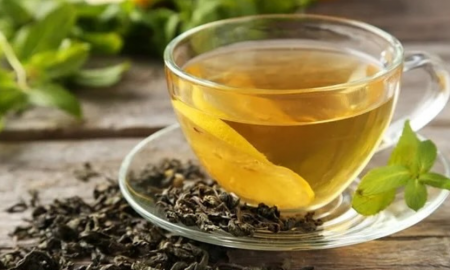
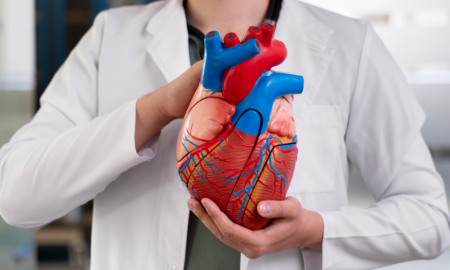

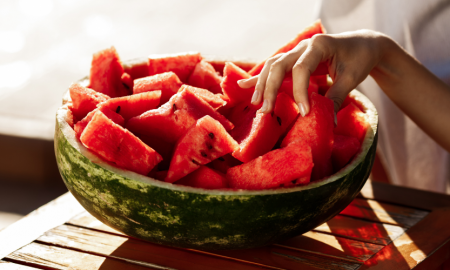
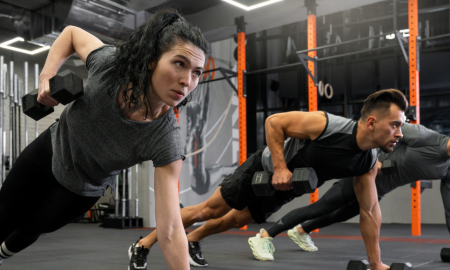
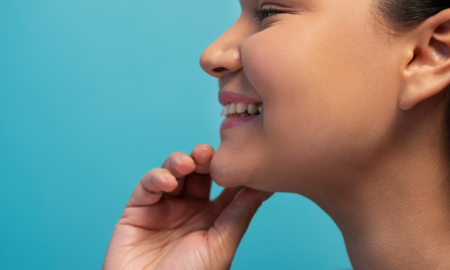

You must be logged in to post a comment Login